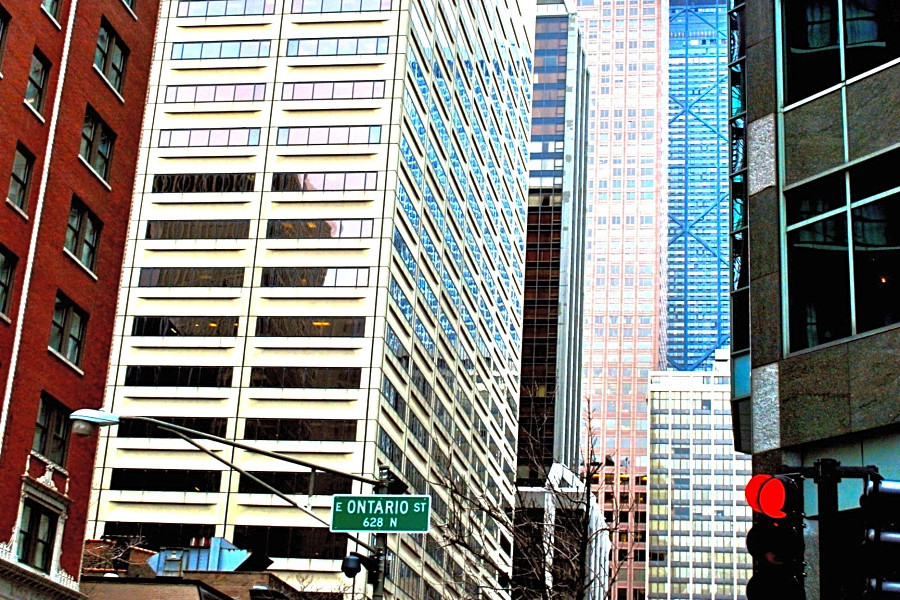

From 2015-2019, 41 percent of the miles driven in Illinois were on arterials but 50 percent of the serious injuries or deaths happened on them. In Illinois arterial streets have a disproportionately large share of fatal/serious injuries. Many of the most dangerous streets, particularly for pedestrians are arterials. If we want people to choose to walk, bike, and ride transit more – because of the societal benefits to mitigating climate change, improving public health, and improving transportation affordability – we must create a system that is safe for them. Pedestrian fatalities have steadily increased over the past five years. While we have had a Complete Streets law on the books in Illinois for more than a decade, safety outcomes for pedestrians are only getting worse. Interstate highways make up a relatively small percentage of Illinois fatalities, comprising only 13 percent overall.

Only 10 percent of Illinois roadways are controlled by the state, but because IDOT controls so many high-volume roadways, 50 percent of fatalities occur on state roads. We need to fundamentally approach transportation in a different way that does not prioritize speed over safety, and increases the safety of the environment for pedestrians and cyclists.
CHICAGO LOCKDOWN 2020 DRIVERS
It is critical to design roads so that drivers will interpret their surroundings such that they will drive at the desired speed. The signs say the speed limit is 40 mph, but the road is designed for speeds much higher and cars regularly travel at 50-60 mph or more. Take DuSable Lake Shore Drive, for example. As noted by Chuck Marohn in his recently published book, Confessions of a Recovering Engineer: Transportation for a Strong Town, “it is a shockingly common experience across North America to have a street designed to accommodate speeds of 60 miles per hour, traffic flow at 45 miles per hour, and have the legal speed limit designated at 30 miles per hour.” For periods in 2020 with less traffic congestion to slow them down, drivers tended to speed because roadways are typically designed for higher speeds than what is posted. One of the primary drivers of the increases in fatalities in Illinois and nationally is speeding. 2020 was the deadliest year for Illinois traffic fatalities in the last five years. At a national level, vehicle miles traveled decreased by about 13 percent, which means that the rate of severe crashes increased sharply. The National Highway Transportation Safety Administration’s early data show that an estimated 38,680 people died in motor vehicle traffic crashes nationwide in 2020, representing the largest number of traffic fatalities since 2007, an increase of 7.2 percent compared to the 36,096 fatalities reported in 2019. The Illinois trend is consistent with a national trend of sharply increasing traffic fatalities. 27, 2021 there was an increase of 71 fatalities over that date for 2020. And in 2021, sadly, the numbers are trending even higher. Illinois traffic fatalities hit a five-year high in 2020 at 1,195 deaths, despite periods of lockdown last year due to COVID-19. Streetsblog Chicago invited her to elaborate on the subject, including possible solutions to reduce traffic deaths. Metropolitan Planning Council transportation director Audrey Wennink recently tweeted that last year there were also the most Illinois traffic fatalities in the past five years. She also had pointed words for retailers.In 2020, Chicago saw a 45 percent increase in traffic deaths compared to 2019, as speeding increased during the COVID-19 pandemic. Despite temperatures in the mid-forties, customers continue to patronize restaurants and bars in the Wicker Park neighborhood on Novemin Chicago, Illinois. But if you do not follow the rules, and we will take swift and immediate action," Lightfoot said. I want to add this point, loud and clear. And while these restrictions remain the same.

"I cannot emphasize that enough bars and restaurants, unfortunately, will remain closed for indoor dining, or curfew or non essential businesses remains in place. Lightfoot added that the current mitigation efforts for eating and drinking establishments are still in place. "Every family needs to come up with their own COVID protection plan and stick to it. "We have to stop and reverse this trend in order to save lives," Lightfoot said. "Major portion of that spread is happening in our homes and private venues, with the friends and family, who we love and trust.


 0 kommentar(er)
0 kommentar(er)
